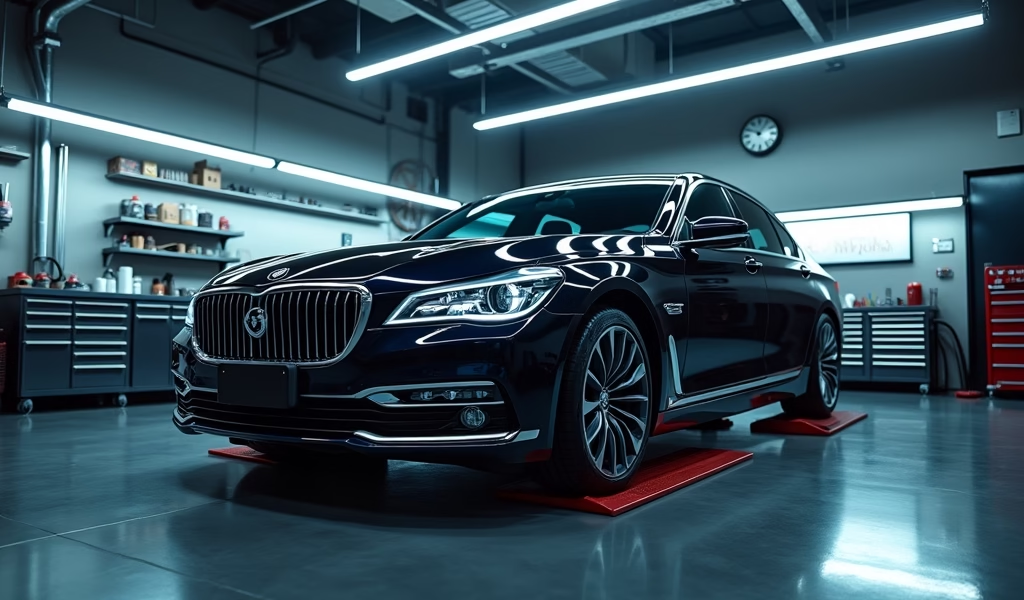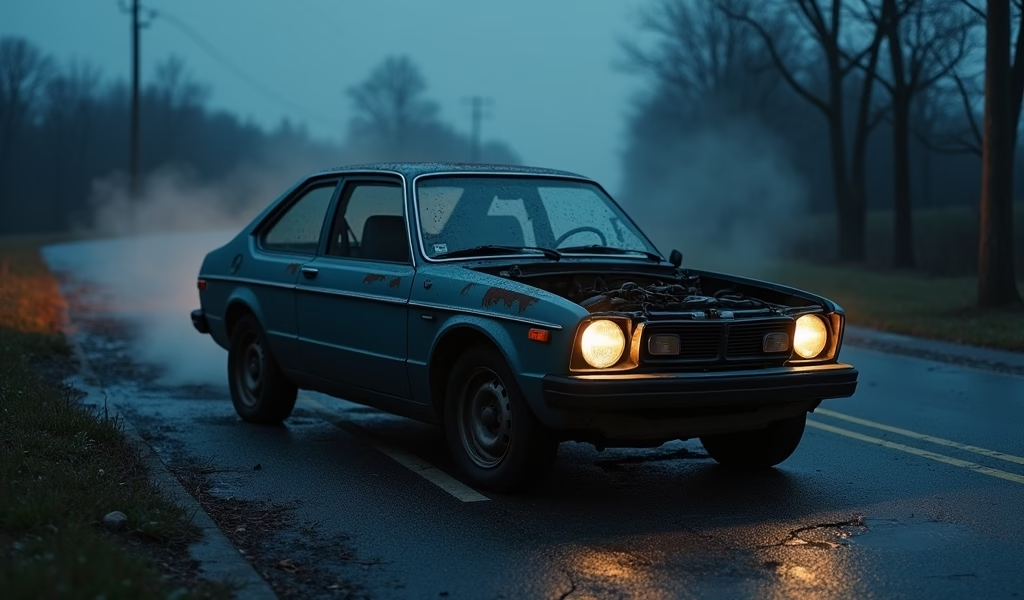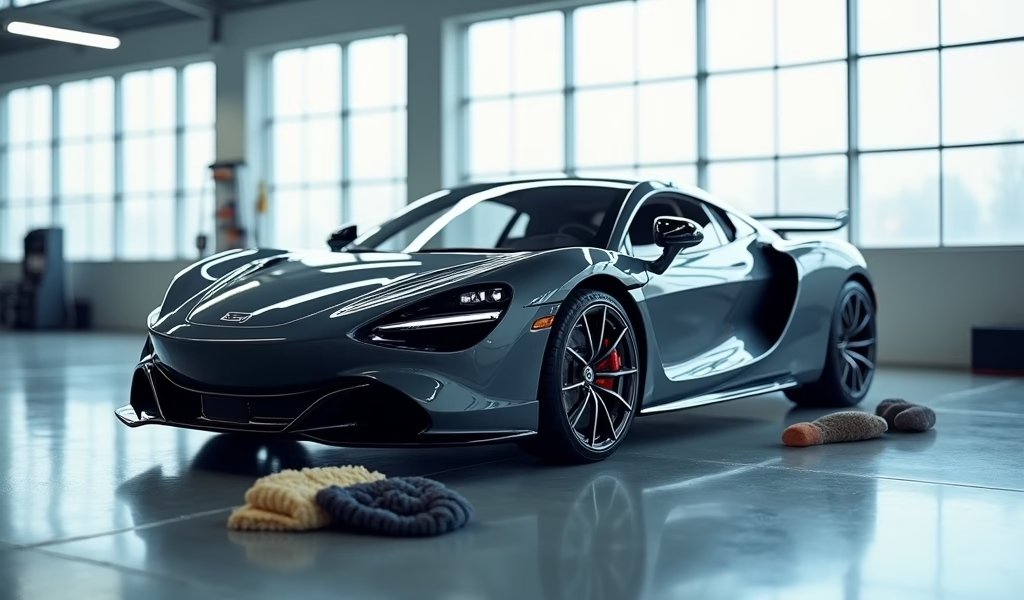Overview
This article outlines five essential car care strategies that can double a vehicle’s lifespan, including following manufacturer maintenance schedules, using cost-effective DIY cleaning solutions, properly maintaining tires, protecting exterior paint, and performing regular engine care. These practices can save owners thousands in repair costs, extend vehicle life by 5-7 years, increase resale value by up to 25%, and transform car ownership from a financial burden into a smart long-term investment.
Table of Contents
- Introduction to Smart Car Ownership
- Establish a Regular Maintenance Schedule
- DIY Cleaning Solutions That Save Money
- Extending Your Tire Life
- Protecting Your Paint and Exterior
- Engine Care Essentials
- Conclusion: The Long-Term Benefits
- Frequently Asked Questions
Introduction to Smart Car Ownership
There’s nothing quite like that feeling of driving home in a new car. The pristine interior, that iconic new car smell, and the pride of ownership create an unmatched sense of excitement. But here’s what I’ve learned after 20+ years as a master mechanic: how you care for your vehicle after purchase matters far more than the car buying tips you followed before signing the papers.
Most drivers don’t realize that simple, consistent care routines can literally double a vehicle’s lifespan. I’ve seen countless cars hit 300,000 miles when properly maintained, while their neglected counterparts barely reach 150,000 before major systems start failing.
At Knows Your Car, we’ve developed these five proven car care hacks based on decades of hands-on experience. These aren’t complicated mechanical procedures requiring specialized tools – they’re straightforward practices any car owner can implement to save thousands in repair costs and preserve their vehicle’s value.
Establish a Regular Maintenance Schedule
The single most important thing you can do for your vehicle is follow a consistent maintenance schedule. Your owner’s manual isn’t just filler material – it contains a goldmine of manufacturer-specific maintenance intervals designed specifically for your car’s components and systems.
When a customer brings in a vehicle with catastrophic engine damage, the first question I ask is about their oil change history. Nine times out of ten, they’ve significantly exceeded the recommended intervals. What could have been a $50 oil change becomes a $4,000 engine rebuild.
Here’s how to create an effective maintenance tracking system:
- Download a maintenance tracking app like Car Maintenance Reminder or MyCarfax
- Set calendar alerts for upcoming service milestones
- Keep digital records of all services performed
- Pay attention to often-overlooked items like transmission fluid, differential oil, and brake fluid
The beauty of preventative maintenance is its predictability. You can budget for these known expenses instead of being blindsided by emergency repairs that always seem to happen at the worst possible time.
According to Consumer Reports’ research, vehicles maintained according to manufacturer schedules typically cost 42% less to operate over their lifetime compared to those maintained sporadically.

DIY Cleaning Solutions That Save Money
The auto parts store is full of specialized cleaners that promise miraculous results, but after testing hundreds of products over the years, I’ve discovered that many household items work just as effectively – at a fraction of the cost.
The average driver spends around $300 annually on commercial cleaning products. With these DIY alternatives, you can cut that expense by 80% while achieving equal or better results:
Interior Cleaner (Dashboard, Door Panels, Trim)
- 1 cup warm water
- 1/4 cup white vinegar
- 2 teaspoons olive oil (for conditioning)
- 5 drops essential oil (optional, for fragrance)
This mixture cuts through grime while conditioning vinyl and plastic surfaces, preventing the drying and cracking that occur with alcohol-based commercial products.
Glass Cleaner (Streak-Free Windows)
- 1 cup distilled water
- 1 cup white vinegar
- 1/2 teaspoon dish soap
Apply with a microfiber cloth and buff with a clean, dry cloth. The slight acidity in vinegar dissolves stubborn road film that commercial cleaners often leave behind.
Upholstery Stain Remover
- 1/4 cup baking soda
- Warm water (enough to form a paste)
For stubborn stains, apply this paste, let it dry completely, then vacuum thoroughly. The baking soda absorbs odors while lifting stains from fabric fibers.
Beyond saving money, these solutions are gentler on your car’s surfaces and better for the environment. Many commercial products contain harsh solvents that can accelerate material deterioration over time.
Extending Your Tire Life
As a mechanic, I’m constantly shocked by how many drivers neglect their tires – arguably the most critical safety component of any vehicle. With quality tires costing $600-1,000 per set, extending their lifespan represents one of the biggest potential savings for car owners.
Three simple practices can add 15,000+ miles to your tire life:
Monthly Pressure Checks
Tire pressure fluctuates with temperature changes – dropping about 1 PSI for every 10°F decrease. Driving with underinflated tires doesn’t just reduce fuel economy by up to 3%; it causes premature wear on the outer edges. Overinflation is equally problematic, causing center tread wear and reduced traction.
Invest in a quality digital tire gauge and check pressure when tires are cold (before driving). The correct pressure isn’t found on the tire sidewall – it’s in your owner’s manual or door jamb sticker.
Rotation Every 5,000-7,500 Miles
Front and rear tires wear differently due to weight distribution, driving dynamics, and whether your vehicle is front, rear, or all-wheel drive. Regular rotation ensures even wear across all four tires. While most shops charge $20-30 for rotation, this service is often included free with oil changes at many service centers.
Alignment Checks
Even minor misalignment can cause dramatic uneven tire wear. If your vehicle pulls to one side or the steering wheel vibrates, have your alignment checked immediately. Annual alignment checks typically cost $70-100 but can save hundreds in premature tire replacement.
Through my decades in the shop, I’ve noticed that drivers who follow these three practices consistently get 60,000+ miles from quality tires, while those who ignore them often need replacements by 30,000 miles. That’s potentially thousands saved over the life of your vehicle.
For drivers in extreme climates, consider seasonal tire changes. While this represents an upfront investment, dedicated winter and summer tires significantly outperform all-seasons in their respective conditions while extending the life of both sets.
Protecting Your Paint and Exterior
Your car’s paint isn’t just about appearances – it’s the primary defense against rust, corrosion, and structural deterioration. Proper exterior care can preserve your vehicle’s value and prevent costly body repairs down the road.
After inspecting thousands of trade-ins over my career, I can confidently say that well-maintained exteriors typically command $1,500-2,500 more at resale than neglected ones with equivalent mechanical condition.
Washing Technique Matters
Most paint damage I see isn’t from accidents – it’s from improper washing. Those automated car washes with spinning brushes? They’re basically sandpaper machines for your clear coat. The correct approach:
- Use two buckets – one with soap, one with clean rinse water
- Wash from top to bottom using a microfiber mitt
- Never use dish soap (it strips protective wax)
- Dry with a clean microfiber towel to prevent water spots
Waxing: Your Invisible Shield
Apply a quality carnauba or synthetic wax every three months. This creates a sacrificial barrier that takes environmental damage instead of your paint. Modern synthetic waxes like Meguiar’s Hybrid Ceramic or Chemical Guys HydroSlick offer up to 6 months of protection with minimal application effort.
Bird Droppings and Tree Sap
These aren’t just unsightly – they’re actively corrosive. Bird droppings contain uric acid that can permanently etch through clear coat if left for even a few hours on a hot day. Keep a spray bottle of quick detailer and microfiber towels in your trunk for immediate removal.
Living near the coast? Salt air accelerates corrosion. More frequent waxing (every 2 months) and undercarriage rinses are essential for coastal vehicles. Similarly, if you live where roads are salted in winter, regular underbody washes are critical to prevent frame and exhaust system deterioration.

Engine Care Essentials
Modern engines are engineering marvels, but they still require basic care to achieve their potential 200,000+ mile lifespan. As someone who’s rebuilt hundreds of engines, I can tell you that most catastrophic failures begin with simple neglect.
The good news? Basic engine care doesn’t require mechanical expertise. These simple practices can save you from devastating repair bills:
Oil Changes: Quality Matters
The oil change is your engine’s most critical service. While the old 3,000-mile interval is outdated for most vehicles, stretching beyond manufacturer recommendations is playing mechanical Russian roulette.
For modern engines, I recommend synthetic oil even if not required – the additional $20-30 per change is insignificant compared to the extended protection it provides, especially for turbocharged engines and vehicles driven in extreme temperatures.
Air Filter Inspection
A restricted air filter can reduce fuel economy by up to 10% while causing accelerated wear on internal engine components. Check yours every 15,000 miles or annually by holding it up to a bright light – if light doesn’t pass through easily, it’s time for replacement. Most air filters cost $15-25 and take minutes to replace.
Cooling System Maintenance
Overheating is the fastest way to destroy an engine. Check coolant levels monthly and look for signs of contamination (rusty color or debris). Have the cooling system flushed every 30,000-50,000 miles according to your manufacturer’s schedule. This simple $100-150 service can prevent a $4,000+ engine replacement.
Warning Signs You Should Never Ignore
- Check engine light (have codes read immediately)
- Oil pressure warning light (stop driving immediately)
- Overheating indicator (pull over and shut off engine)
- Grinding, knocking, or ticking noises
- Blue or white exhaust smoke
The wisest car buying approach considers long-term maintenance costs, not just the purchase price. Engines in Toyotas, Hondas, and many domestic vehicles will easily exceed 200,000 miles with proper maintenance, while some European models may require more frequent (and expensive) services to achieve similar longevity.
According to Edmunds’ maintenance data, drivers who address check engine lights within one week of illumination spend 40% less on average than those who delay diagnosis for a month or more.
Conclusion: The Long-Term Benefits
After 20+ years in the automotive industry, I’ve witnessed firsthand the dramatic difference proper care makes in a vehicle’s lifespan, reliability, and ownership cost. The five hacks outlined above represent the most impactful practices any vehicle owner can implement, regardless of mechanical aptitude.
When consistently applied, these simple routines can:
- Add 5-7 years to your vehicle’s useful life
- Save $2,000-3,000 annually in prevented repairs
- Increase resale value by 15-25%
- Improve safety and reliability
- Enhance driving enjoyment
The most valuable car maintenance tool isn’t in your garage – it’s awareness. Understanding that small, consistent investments of time and money prevent major expenses down the road. That’s the true essence of smart car ownership.
At Knows Your Car, we believe vehicles are more than transportation – they’re significant financial investments deserving proper care. Whether you’re implementing these tips yourself or seeking professional assistance, prioritizing maintenance is always less expensive than neglecting it.
Remember, the difference between a car that lasts 100,000 miles and one that reaches 300,000 isn’t luck – it’s maintenance. With these five proven hacks, you’ve got the knowledge to maximize your automotive investment for years to come.
Frequently Asked Questions
What’s the single most important car maintenance task?
Regular oil changes according to manufacturer specifications are the most critical maintenance item. Fresh oil prevents premature engine wear and can literally double your engine’s lifespan.
How often should I really wash my car?
Wash your vehicle every 2-3 weeks and immediately after exposure to corrosive substances like road salt or bird droppings. Environmental contaminants can permanently damage paint if left too long.
Can I skip dealership maintenance to save money?
You can use independent shops for most maintenance without affecting warranty coverage, thanks to the Magnuson-Moss Warranty Act. Just ensure the shop follows manufacturer specifications and keeps detailed records.
What’s the most overlooked car maintenance item?
Transmission fluid changes are frequently neglected yet critical for longevity. Many transmissions fail prematurely due to degraded fluid that should have been replaced at 60,000-100,000 miles.
Are extended warranties worth the cost?
Factory-backed extended warranties can be valuable for vehicles with below-average reliability ratings or complex electronics. Third-party warranties typically have more exclusions and claim limitations, making them less valuable overall.

